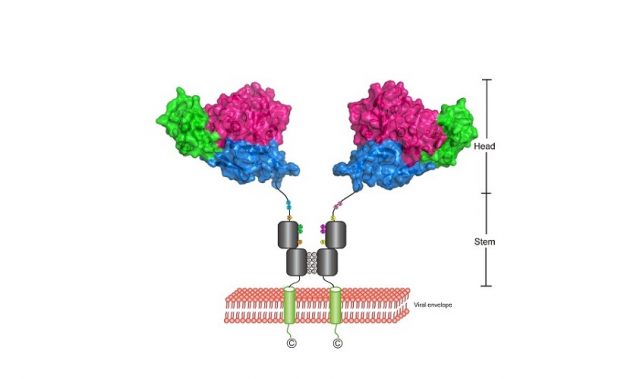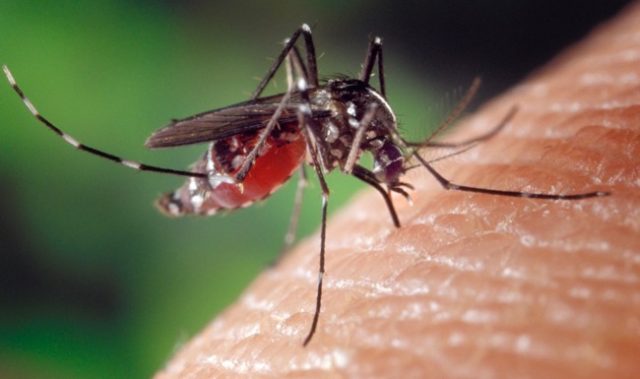
AsianScientist (Dec. 24, 2014) – Researchers have uncovered a mechanism used by plant begomoviruses to attract insects and enhance its own spread. This research, published in The Plant Cell, could lead to new methods of pest control.
Eighty percent of plant viral pathogens are dispersed by insects. To attract more insect vectors, pathogens are known to make use of host-derived olfactory cues to deceive their insect collaborators.
Whitefly-transmitted geminiviruses have recently emerged as wide-spread destructive pathogens in the past decade. Ecological research has shown that geminiviruses reduce the protective jasmonic acid (JA) response in tobacco plants, benefiting its vector, the whitefly Bemisia tabaci. This results in a mutually beneficial vector-virus relationship (mutalism). However, the host protein targeted by geminiviruses and the molecular processes involved the suppression of JA signaling are still elusive.
In the present study, Professor Ye Jian’s group at the Institute of Microbiology of Chinese Academy of Sciences unraveled the general mechanism of how begomoviruses suppress plant defense to achieve vector-virus mutualism. The results partially explain why begomoviruses have emerged as serious crop threats all over the world in recent years.
The researchers identified two begomovirus proteins—βC1 and BV1—that directly interact with a oncoprotein-like plant transcription factor, MYC-like protein 2 (MYC2), a master regulator of the JA pathway.
The helix-rich domain of βC1 serves as a structure-mimic of basic helix-loop-helix domain of MYC proteins to heterodimerize with MYC2 protein. The formation of inactive heterodimers compromises activation of terpene synthase genes and glucosinolate genes controlled by MYC2. The results suggest that begomoviruses target MYC2, resulting in the suppression of terpene-based plant resistance and vector-virus mutalism.
This work illustrates how a pathogen regulates host-derived olfactory cues to attract vectors. The results will also help to address similar tripartite interaction systems in plants, animals and humans and facilitate the development of innovative control methods targeting vector transmission.
The article can be found at: Li et al. (2014) Virulence Factors of Geminivirus Interact with MYC2 to Subvert Plant Resistance and Promote Vector Performance.
———
Source: Chinese Academy of Sciences.
Disclaimer: This article does not necessarily reflect the views of AsianScientist or its staff.












